The Sydney Opera House is one of the most photographed buildings in the world. It is known for its unique use of a series of glowing white sail-shaped shells as its roof structure. The iconic performing arts venue is the best-known landmark in Sydney.
In this article, we will tell you how to visit the Sydney Opera House, as well as fun facts and technical data about this iconic building.
Sydney Opera House: Touring Australia’s Most Famous Attraction
You can visit the Sydney Opera House, even if you don’t have tickets to see a concert. That said, you can buy tickets here for an Opera performance. Behind-the-scenes tours of the Opera House can also be booked at the building’s ticket counters located north of Sydney’s CBD, although we recommend doing it online.
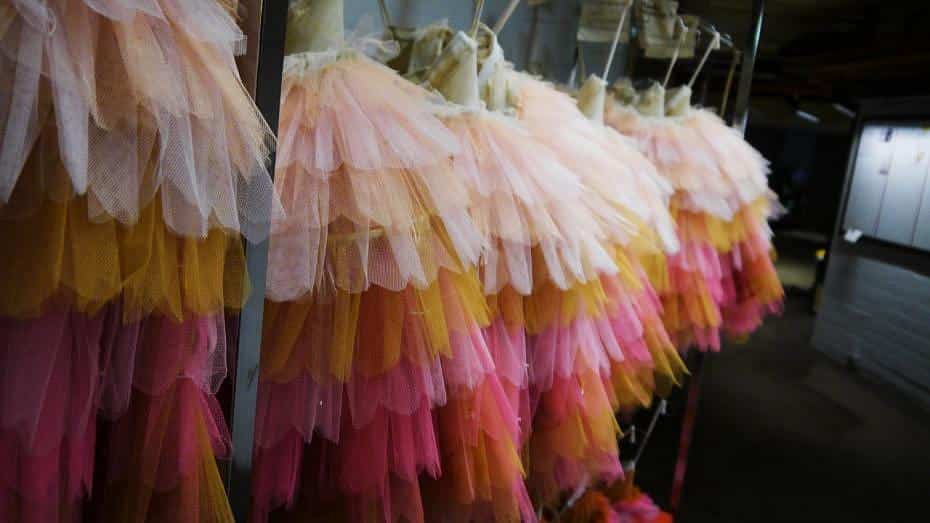
The Sydney Opera House is one of the world’s most iconic landmarks. A behind-the-scenes tour offers an insightful and entertaining experience for those curious about its backstage secrets.
Upon arrival, the journey begins with a greeting from the guide, who shares fascinating facts about the origins and design of this architectural masterpiece on a journey through the bowels of the building with the most famous sails in the world. The Opera House’s story is filled with interesting twists and turns, including tales about its creation by Danish architect Jørn Utzon.
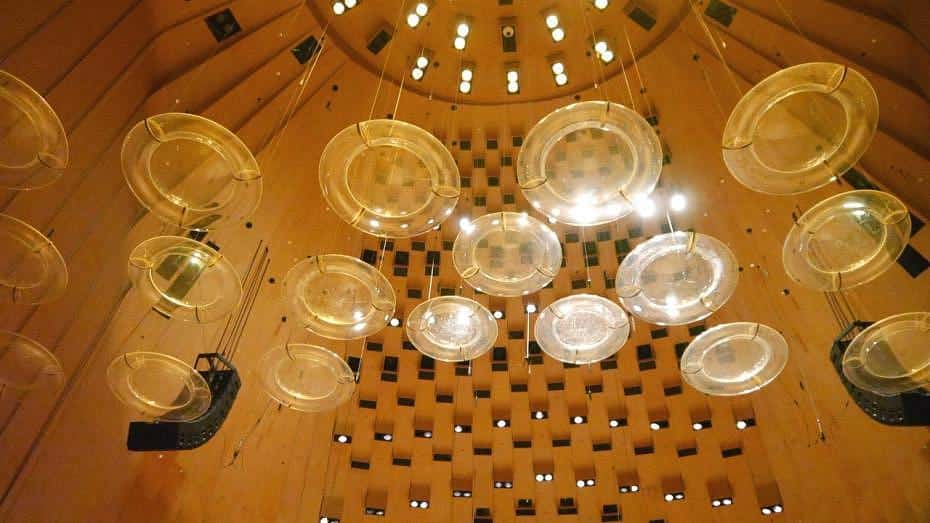
Stepping inside, you’ll notice how intricate and detailed the planning must have been to bring such a vision to life. Guides often lead small groups through nooks and crannies not visible during regular visits. You might find yourself walking down hallways adorned with memorabilia and passing rehearsal rooms where performers fine-tune their craft.
One of the highlights is visiting the orchestra pit. This area enhances acoustics and reveals how sound travels throughout the hall. Additionally, you get to see some high-tech equipment used for productions, offering you an entirely new appreciation for the complexity of staging a performance.
Another engaging part of the tour is exploring the dressing rooms. Each room has its personality, adapted to meet the needs of different artists, from singers to dancers. Here, you can almost feel the excitement that precedes a live performance.
A visit to the Green Room provides a glimpse into where performers unwind and prepare before stepping onto one of the world’s most famous stages. This space often buzzes with anticipation when a big show is about to kick off.
As you continue your journey, you may enter one of the astounding performance halls like the Concert Hall or Joan Sutherland Theatre. Standing on these renowned stages offers an unparalleled perspective on what it feels like to face an audience from such a prestigious venue. The interior design also captivates with elements crafted both for beauty and acoustic excellence.
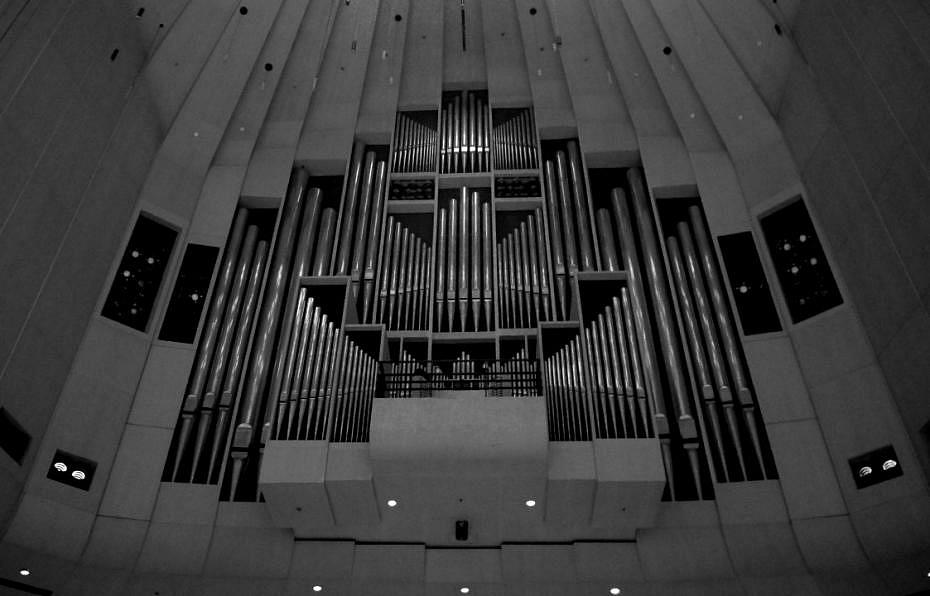
An integral part of any behind-the-scenes tour involves learning about stage management and set design. The size and versatility of these sets often surprise visitors, demonstrating just how much effort goes into creating seamless performances.
Guides frequently share personal anecdotes about famous shows or unique events that took place at these very locations. These stories add an extra layer of excitement and make each tour unique.
Tours to visit the Sydney Opera House depart every 15 to 30 minutes, with the last tour departing at 5 p.m. Tours run every day of the year except Christmas Day and Good Friday.
The activity lasts approximately 1 hour.
Tours are available in English, Spanish, French, German, Mandarin, Japanese and Korean.
The cost of the tour is around AUD 45 for adults, with discounts for children and groups.
In case you missed it…
Sydney Opera House Tour: Practical Information
- Immediate confirmation: Yes
- Address: Bennelong Point, Sydney NSW 2000, Australia
- Schedule: Every 15 – 30 minutes (until 17:00)
- Duration: +1 hour
- Digital coupons: Yes
- Audio guide / Headphones: Yes
- Languages: English, French, Spanish and more
- Nearest subway stop: Circular Quay
- Price: From AUD 45
- Book tour: You can book here
Other tours, activities and guided visits in Sydney
Sydney Opera House Fun Facts
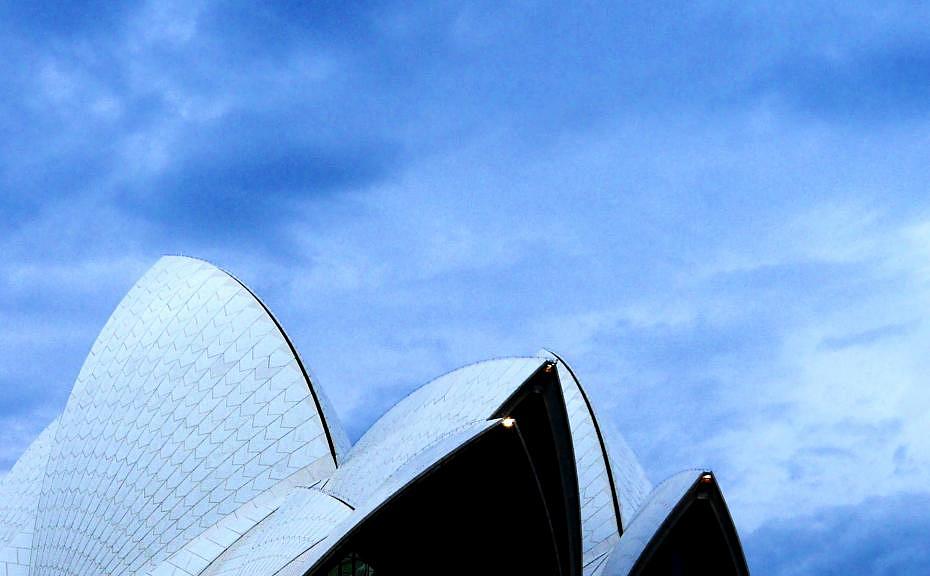
How much did it cost to build the Sydney Opera House?
Although the projected construction cost for the Opera House was originally estimated at A$7 million, the actual cost eventually extended to A$102 million, all without counting the improvements and expansions after 1973.
What kind of shows can you expect at the Sydney Opera House?
The Opera House is a multi-purpose performing arts facility whose largest theater, the 2,679-seat Concert Hall, hosts symphony concerts, choirs, and pop music performances.
Opera and dance performances, including ballet, take place in the Opera Theater, which seats just over 1,500. Three theaters of different sizes and configurations are also used for theatrical performances, film screenings, and smaller musical performances. The esplanade at the southeast end of the complex is used for outdoor performances. The building also houses restaurants and a professional recording studio.
Where is the Sydney Opera House located?
The Opera House is located on Bennelong Point (originally called Cattle Point), a promontory on the south side of Sydney Harbour, east of the Harbour Bridge. The promontory is named after Bennelong, one of the two Aboriginal people who served as a link between Australia’s first British settlers and the local population.
When was the Sydney Opera House built?
The original design for the Opera House was submitted by Danish architect Jørn Utzon in an international competition sponsored by the New South Wales government in 1956 for a design that would include a building with two halls. In January 1957, the judging committee announced Utzon’s design as the winning entry.
Construction began in 1959, but various problems arose, many stemming from the innovative nature of the facility’s design.
The opening of the Opera House was originally planned for Australia Day (January 26) in 1963. Still, cost overruns and structural engineering difficulties in executing the design affected the work, which faced many delays.
The project became controversial, and public opinion turned against it for a while.
Construction continued until September 1973, and the Opera House finally opened on October 20, 1973.
What material is the Sydney Opera House built of?
The ceiling of the opera house is constructed of 1,056,000 glazed white granite tiles imported from Sweden.
Although roofing materials are considered “self-cleaning” by nature, they are still subject to maintenance and replacement.
Its interior comprises pink granite quarried from Tarana, New South Wales, white birch plywood, and plywood supplied from the north of the state.
Is it possible to visit the inside of the Sydney Opera House?
It is possible to visit the inside of the Sydney Opera House through locally organized tours. You can book it here.
Other interesting facts about the Sydney Opera House
- The Opera House is home to the Sydney Symphony Orchestra; whenever the orchestra performs in the Concert Hall, the Opera House’s largest venue, the temperature must be maintained at 22.5°C to keep the musicians’ instruments in tune.
- The Opera House’s air conditioning and climate control system is powered by chilled seawater drawn directly from Sydney Harbour.
- The concert hall contains the Grand Organ of the Sydney Opera House. It is the largest mechanical organ in the world, with over 10,000 pipes.
- In 1997, French urban climber Alain “Spiderman” Robert climbed the outer wall of the building to the top using only his bare hands and feet and no safety devices.



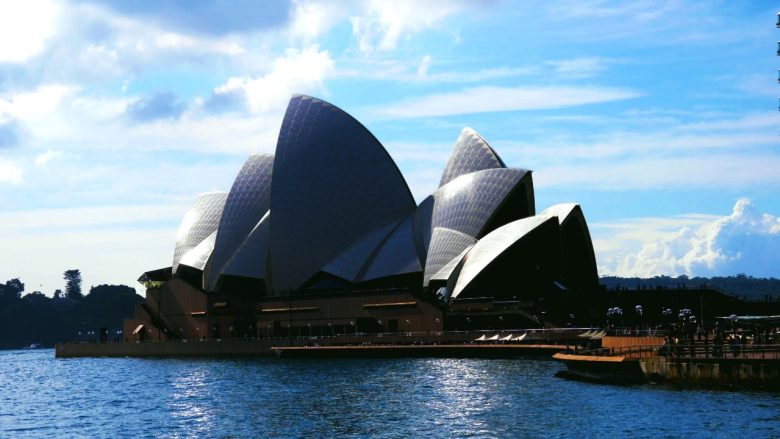


















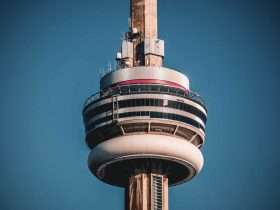
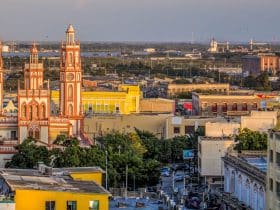
Leave a Reply
View Comments